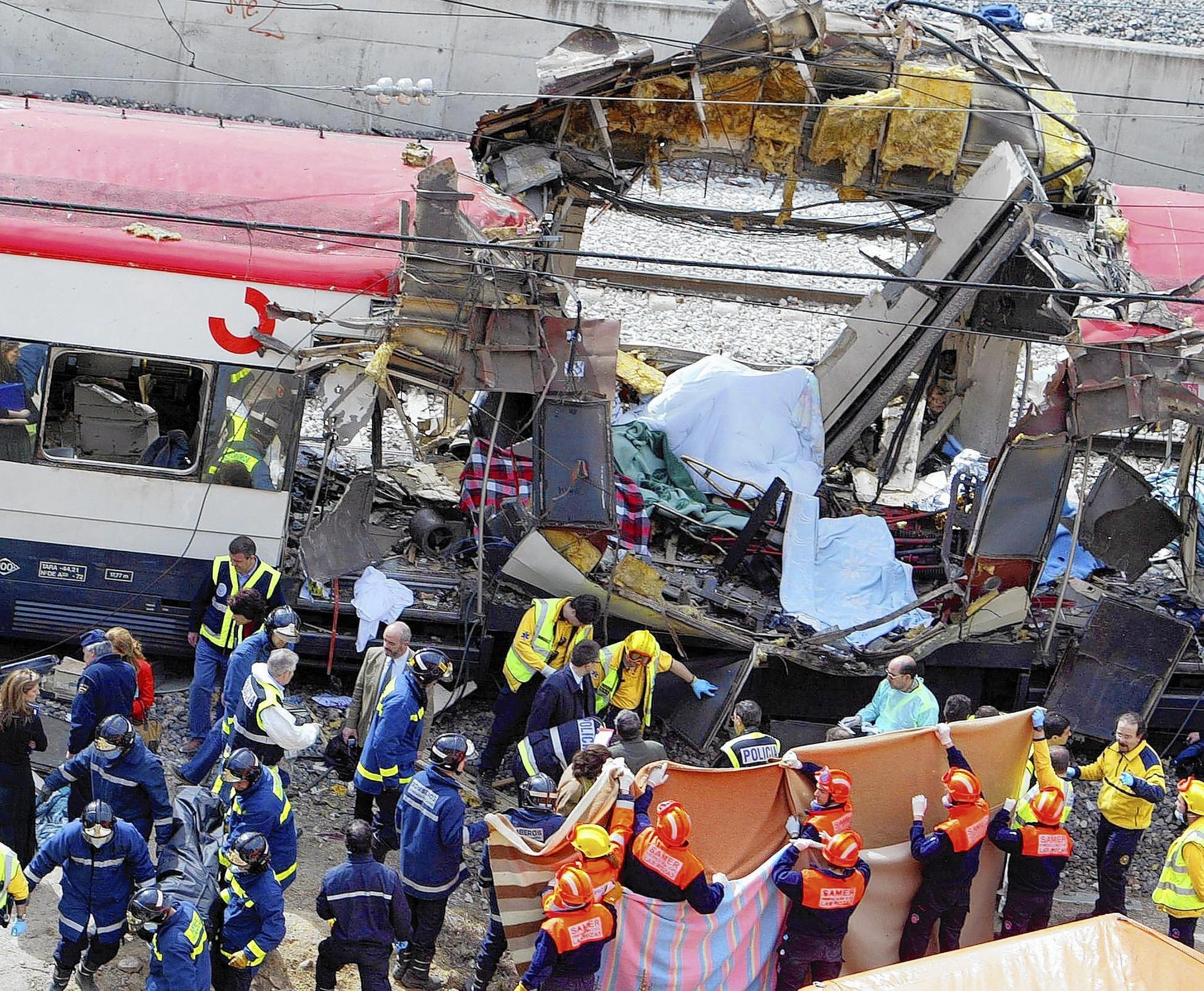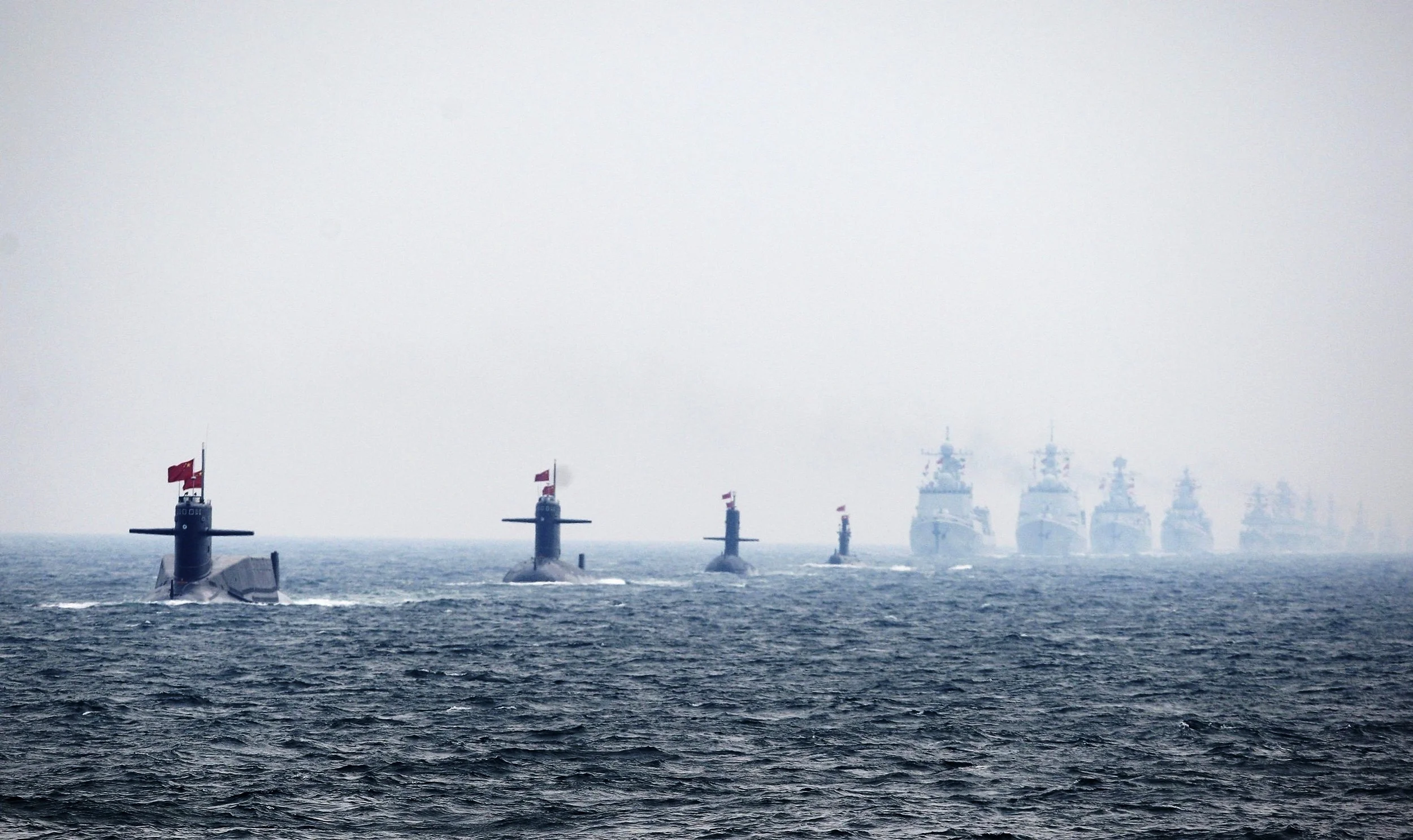Just as no war can take place without an enemy, there can be no war without targets. Considering the enemy, as a whole, a target, while true, borders on tautology. Instead, we subdivide the enemy into many individual parts against which we act. However, selecting these targets requires accurate strategic vision and precise tactical acumen.
#Monday Musings: Stephen B. Slick
The War That is Not: Countering Terrorism at Home
A mission no one wanted…Bringing Bosnian War Criminals to Justice: #Reviewing The Butchers Trail
#Reviewing Allied Master Strategists
The collaboration exhibited in this British-American alliance was essential to both the Americans and British because it gave both an arena for strategic military issues to be discussed below the level of the President and Prime Minister. While this give and take discussion on issues may not rise to the level of master strategists, it definitely positively contributed to the war effort.
The Return of Limited War
Limited war is a topic covered heavily in military discussions since World War II. It is often touted as the diametric opposite of total war, where a nation or society dedicates all of their resources to defeat an enemy. However, the world has changed, and so has limited war. In the modern era, combat systems from ships to planes have become so expensive that they are pushing states to a form of limited war that has not been the norm since before Napoleon. It is these financial costs, more so than the toll in lives, that will dictate future warfare.
#Monday Musings: William Inboden
People, Posture, and Processes: U.S. Army Sustainment Options for the Joint Force in the Pacific
In the midst of unassuming jobs where sustainers pack the next container full of munitions, distribute fuel, police the streets, feed the force and perform an immeasurable amount of other invaluable support tasks—the importance of their craft often gets lost in the fog of plans and policy at the national level.
Getting Beyond Ad Hocery: Quickening Transitions in Land Component Headquarters (Part II)
In the future, national decision makers will expect joint land forces to seamlessly transition from dynamic theater shaping to combat operations. Decreased indications and warnings, compressed planning timelines, and austere defense budgets drive planners to consider more adaptive ways of organizing and employing landpower, and the JFLCC construct at both theater and joint operations area echelons presents viable options to do just that.
#Reviewing 21st Century Knox
This book and its distillation of ideas and thinking that came from Knox’s “50 years before the mast” during a time period during which Knox had a front row seat as the U.S. Navy changed from a small, relatively weak force into one with truly global responsibilities and missions, is an essential read for all naval officers.
The Spanish Threat
For now, Spain has been lucky. Many of those arrested have been suspected of supporting terrorists rather than plotting their own attacks. The number of arrests by Spanish authorities may indicate they are getting more proficient at identifying and apprehending the threat. However, it would be unwise to believe that is the only case. That a major attack has not happened in Spain since 2004 does not mean there will not be another.
#Monday Musings: Robert Mihara
Getting Beyond Ad Hocery: Quickening Transitions in Land Component Headquarters (Part I)
To achieve unity of effort among joint forces in the land domain, U.S. Pacific Command directed U.S. Army Pacific to establish a Theater JFLCC, with support from Marine Forces Pacific and Special Operations Command Pacific. In many ways this organizational structure formalizes what service components have been doing in the U.S. Pacific Command area of responsibility for 70 years—coordinating with one another and synchronizing the application of landpower.
The Problem of Mission Command
Mission command has some real problems. Of course, the concept sounds great, or at least General Patton seemed to think so: “Never tell people how to do things. Tell them what to do and they will surprise you with their ingenuity.” As you might expect, the US Army Command and General Staff College supports this belief, devoting hours to discussing the logic of empowering junior leaders. However...the military rarely practices this. This article attempts to answer why... there are serious risks inherent within the philosophy of mission command that cause many people to reject it, if not in word then in deed. Three of these risks are the fear of subordinates making mistakes, the discomfort of superiors feeling out of control, and the angst of leaders chancing their careers on others’ mistakes.
SAASS Opens its Doors...#Reviewing Strategy: Context and Adaptation from Archidamus to Airpower
Strategy: Context and Adaptation is definitely a book about strategy, offering many useful insights and practical takeaways for anyone interested in the field...But its greatest value is its function as a time capsule for the SAASS method of teaching timeless ideas, providing a method for the exploration of a subject area that by its very nature can never be formally captured or simply defined. In its essence, SAASS is not about hard-to-find classrooms,or groups of instructors and students stretching from the past and present. Like the classical methods that inspired it, SAASS in its essence is not the physical location where it resides...but rather the living method by which its graduates collaborate to view, investigate, question, shape, and ultimately act in ways that create continuing strategic advantage and serve the vital interests of our nation and its allies.
Civil Aviation and Terrorism: Challenges and Responses
The attack on Istanbul’s Ataturk airport on 28 June was the latest incident over the last year to highlight the terrorist threat to civil aviation. The requirement to prevent such attacks in the future will place a growing premium on security cooperation between the public and private sector, particularly in light of the range of options available to those intent on targeting aviation interests and the expected growth in passenger numbers. Incidents over the last year also serve as a reminder of the principle of proportionality; whatever the extent of security cooperation or the countermeasures adopted, nothing is capable of delivering perfect protection.
#Monday Musings: Thomas Sheppard
Defeating Anti-Access/Area Denial in the West Pacific
In recent years, a major focus of China’s military has been the development of an operational concept to deny or make costly access to areas of the Western Pacific for potential adversaries. This concept is commonly referred to in the United States defense planning community as anti-access/area denial (A2/AD). It emphasizes the use of long range striking power aided by sensors, largely in the form of ballistic and cruise missiles, to hit naval surface forces and fixed targets on land. Surface-to-air-missiles and fighter planes guard these weapons from enemy air strikes while stealthy diesel submarines and missile-equipped surface ships pose an additional threat to naval forces operating in the area. The A2/AD concept also envisions strikes on enemy space-based sensors and communications. This system is designed to destroy or prevent enemy forces entering a given sea or air space.
#Reviewing Incoming: Veteran Writers on Returning Home
The pieces in this volume are staccato in pace, including powerful imagery and flashbacks, and representing a fleeting moment in time, a feeling, a picture, or an idea, rather than a traditional narrative arc that we have come to expect in war writing. Incoming is a volume about individual moments and battles rather than war. In this lies its power and impact.
The Threatening Space Between Napoleon and Nukes: Clausewitz vs. Schelling
Great theories stand the test of time—shedding light on their subject’s essence despite varying contexts, technological upheavals or mutable human relations. One such work is Carl von Clausewitz’s On War. That said, with the detonation of the atomic bomb and the proliferation of nuclear weapons, many find Clausewitz wanting. How can there be a decisive battle without nuclear annihilation? Nuclear weapons seem to breach our understanding of force, suggesting the need for radically different conceptions of war. Enter Thomas C. Schelling and his work on The Strategy of Conflict





















